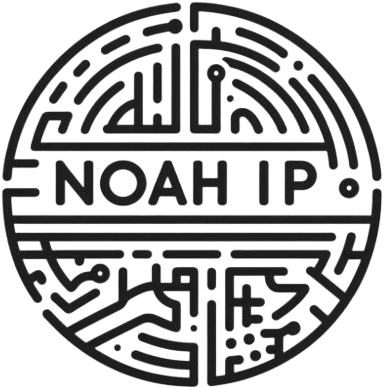This is one of the most common questions I hear from CEOs, CTOs, and investors. Unfortunately, the answer is – it depends.
The timeline isn’t just a wait for an examiner’s decision; it’s a journey with distinct stages. Think of it as the “King’s Road” of patenting:
The King’s Road of patenting timeline:
1. US Provisional Application (Month 0)
A quick, low-cost way to secure your priority date – your official “first claim” to the invention. It’s not examined and lasts 12 months. This stage buys you time to refine your R&D, test markets, and prepare for the bigger filings.
2. PCT (Patent Cooperation Treaty) Application (Month 12)
Filed within a year to keep your priority date. It creates a single international patent application covering 150+ countries. It won’t give you a patent, but it gives you up to 30 months to decide where to file for actual protection, while getting a global search report.
3. National Phase Entry (Month 30/31)
Now the big decisions (and costs) arrive – you choose specific countries or regions (like Europe) and file locally, in their language, with local attorneys. This is your moment to align your patent budget with real market priorities.
4. Prosecution (Months 30–60+)
The back-and-forth with each patent office, where you argue your case and adjust claims. This can take 1–3+ years per jurisdiction. This stage defines your actual legal protection – the words in your granted claims are what matter in court.
5. Grant (Anywhere from 2–5+ years)
Once you convince the examiner, the patent is granted, published, and enforceable in that country. It generally lasts 20 years from your first filing date, with annual renewal fees.
The Reality
From first filing to grant, you’re usually looking at a 2–5 year process, sometimes longer. And in fast-moving industries like agri-food tech or alternative proteins, your product might hit the market before your patent is granted.
This is why I tell clients:
- File smart: focus on what truly matters for your business.
- Stage protection: use the timeline to match IP budget with growth milestones.
- Avoid waste: don’t patent things that will be obsolete before grant.
Patents are not instant shields. They’re strategic tools – and their value depends on integrating IP decisions with your R&D, funding, and market plans.
If you’re navigating this path and want to make sure your IP strategy matches your business goals, let’s talk. The right timing can make all the difference between a patent that’s a trophy… and one that’s a real competitive weapon.






